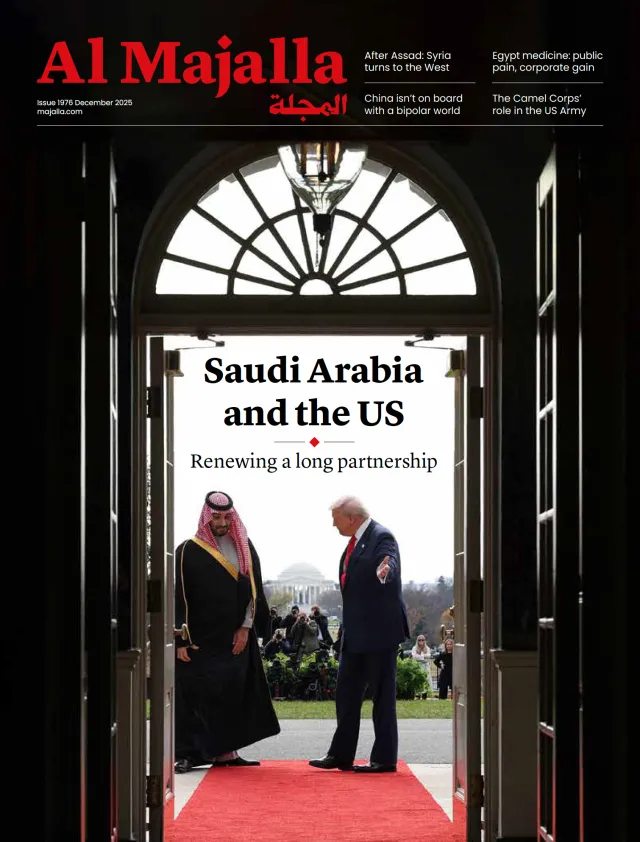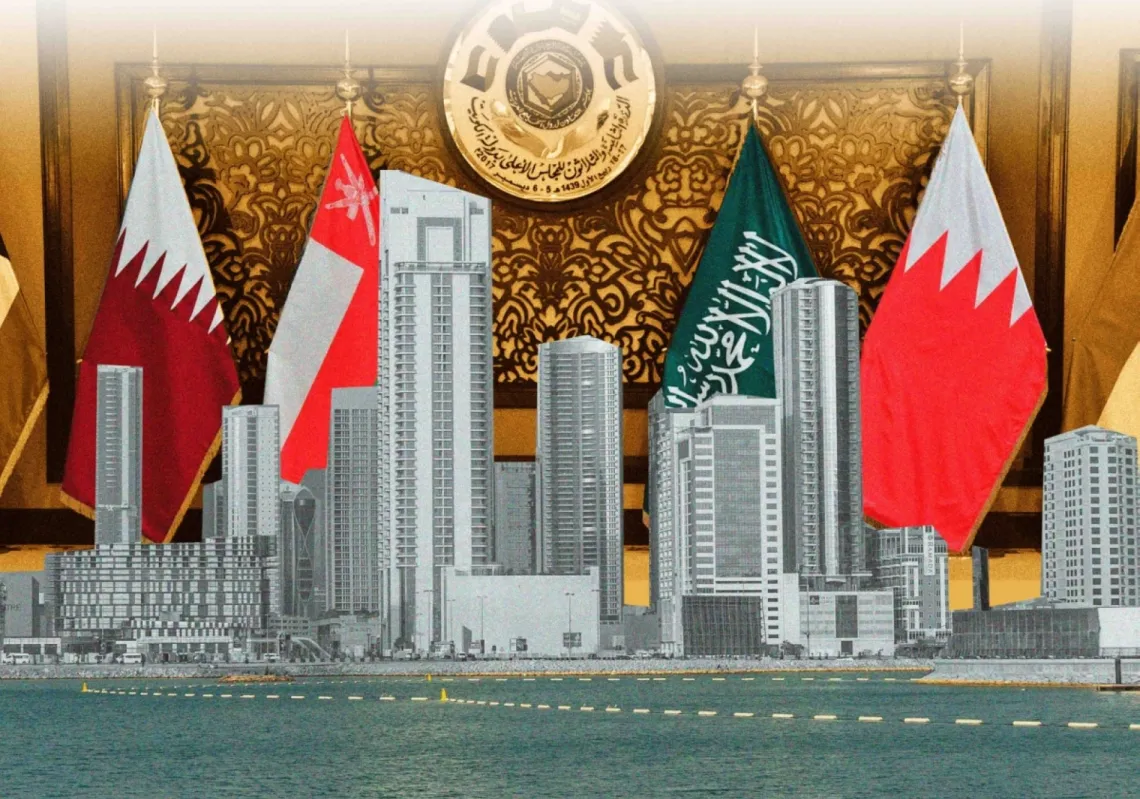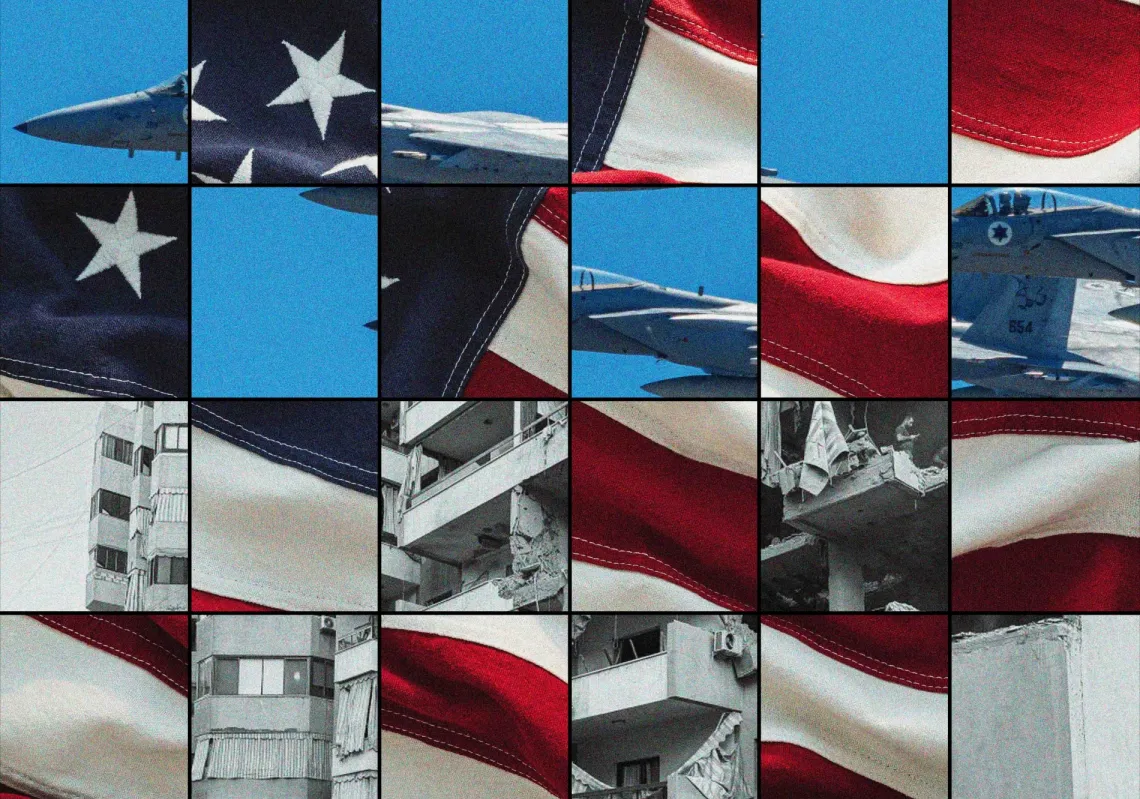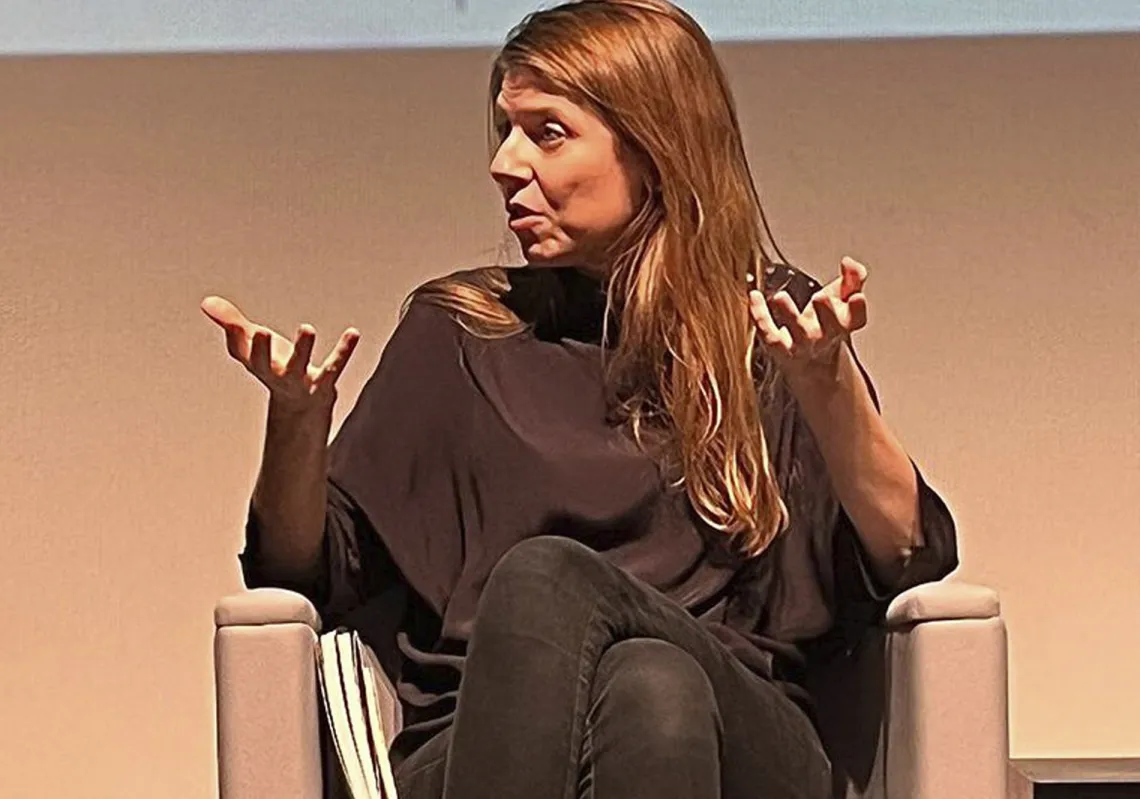Pope Francis, the 266th in the history of the Catholic Church, has died at the age of 88. He became pope in 2013 after his predecessor, Benedict XVI, resigned.
Cardinal Kevin Farrell announced his death, saying: "Dearest brothers and sisters, with deep sorrow I must announce the death of our Holy Father Francis. At 7:35am this morning, the Bishop of Rome, Francis, returned to the house of the Father. His entire life was dedicated to serving the Lord and His Church."
Pope Francis's health has been deteriorating severely in recent months. He was suffering from bilateral pneumonia and other health issues and had just recovered from a near-fatal bout of pneumonia.
'Woke Pope'
Born Jorge Mario Bergoglio on 17 December 1936, in Buenos Aires, Pope Francis was ordained a Jesuit in 1969 and studied in Argentina, Chile and Germany. He became the Cardinal of Buenos Aires in 1998. Cardinal Bergoglio was a relative outsider when he was chosen to succeed Benedict XVI. Following his election, he took the name Pope Francis in tribute to St Francis of Assisi, and he is the first Latin American and the first Jesuit to lead the Roman Catholic Church.
His selection surprised analysts who had been expecting a younger man than the 76-year-old. At the time of his election, he drew broad support from both conservatives and reformers, being seen as orthodox on sexual matters but liberal on social ones.
His supporters liked his “common touch” and his determination to reform the Curia (Vatican bureaucracy), to root out corruption in the Vatican bank and to deal with the horrific legacy of child sex abuse within the Church. Some of his detractors have described him as the “woke pope” for his progressive views on migrants, the environment and same-sex unions.
On Sunday, US Vice President JD Vance had a brief meeting with the Pope, during which they exchanged opinions on international conflicts and immigration.

The pope was also a fierce critic of Israel's war on Gaza. He continuously called for a ceasefire and even used the Sunday Easter mass to repeat his call for peace, although he was too ill to speak himself, a message was read out on his behalf lamenting the “death and destruction” taking place, which had created “a dramatic and deplorable humanitarian situation.”
Francis said: “I appeal to the warring parties: call a ceasefire, release the hostages and come to the aid of a starving people that aspires to a future of peace!”
During a mass in December 2024, the pope said: "And with pain I think of Gaza, of so much cruelty, of the children being machine-gunned, of the bombings of schools and hospitals. What cruelty. Yesterday, children were bombed. This is cruelty, this is not war." The year before, he drew the ire of Israel when he called its war on Gaza "terrorism".
In 2019, the pope made a historic visit to the UAE—his first to the Arabian peninsula—where he signed a landmark declaration of fraternity with Sheikh Ahmed al-Tayeb, the head of Sunni Islam’s most prestigious seat of learning, calling for peace between nations, religions and races, in front of a global audience of religious leaders from Christianity, Islam, Judaism and other faiths.
Search for successor
As the world’s 1.4 billion Catholics mourn the death of their spiritual leader, they will be eagerly anticipating the announcement of who will be the next leader of the Catholic Church.
Prominent cardinals in line to become the next pontiff are said to include Cardinal Pietro Parolin, the Vatican’s secretary of state, Cardinal Peter Turkson, of Ghana, who served as president of the Pontifical Council for Justice and Peace, Cardinal Luis Tagle, prefect of the Congregation of the Evangelization of Peoples since December 2019 and the former archbishop of Manila. Some other possible contenders include Cardinals Matteo Zuppi, Gerhard Müller, Angelo Scola, Angelo Bagnasco, Raymond Burke, Robert Sarah, and Malcolm Ranjith.
During his tenure, Francis has used his papacy to ensure the 252-strong College of Cardinals is filled with like-minded men. Only 138 of them are eligible to vote for the next pope – the rest are ruled out because they are over the age of 80. However, of the 138 remaining, 110 were appointed by Pope Francis, which is approximately 80%.

A papal conclave—the gathering of the College of Cardinals in the Roman Catholic Church to elect a new pope after the death of the incumbent—is the process where the cardinals are secluded and vote in secret until a new pontiff is selected.
The Dean of the College of Cardinals has the responsibility to inform all the cardinals of the death of the Pope and to convene the conclave. The cardinal electors are expected to return to the Vatican as soon as possible, generally around two weeks, and take up residence at the Domus Sanctae Marthae.
In scenes replicated in the recent, highly acclaimed film Conclave, the process begins with lengthy discussions among the cardinals on who is the best candidate to fulfil this highly demanding position. Officially, candidates for the next pope only need to be Catholic and male. However, in reality, pontiffs have only ever been chosen from the ranks of cardinals for centuries. There is no age limit to becoming pope.
On the first day of the conclave, the cardinal electors gather in St Peter’s Basilica to celebrate Mass (for the Election of a Pope). Later that day, they process to the Pauline Chapel within the Vatican to implore the coming of the Holy Spirit and swear collectively, and then individually, an oath. The conclave itself takes place in the Sistine Chapel.
Cardinal electors take an oath of secrecy, the doors are sealed, and they are locked inside the Vatican until a new pope is elected. They are not allowed contact with the outside world during the election – no shared messages, no newspapers, no radio, no television. They pray, discuss, and secretly cast their ballots.

At each vote, they process up one by one to Michelangelo’s fresco of the Last Judgement in the Sistine Chapel, saying a prayer, and dropping their folded secret ballot into a large chalice. The result of each ballot is counted aloud and recorded by three cardinals designated as recorders.
A two-thirds majority is required for a candidate to be elected pope, and the process can take multiple rounds of voting, lasting several days, until a decision has been made and a new pope is elected. Each time they vote, the ballot papers are burned. If no pope is chosen, black smoke rises from the Vatican chimney, indicating that the deliberation process is still ongoing.
Once a cardinal receives enough votes and accepts the role, white smoke will rise from the Vatican chimney, signalling to the world that a new pope has been elected. The newly elected pope then chooses a papal name and puts on his white vestments. Following this, he is introduced from the balcony of St Peter’s Basilica by the words “Habemus Papam!” - Latin for “We have a Pope!”. The new pope processes out onto the balcony and imparts his blessing to the faithful gathered in St Peter’s Square and to the entire world.
Precarious time
Electing a new pope comes at a precarious time for the world, with the return of President Donald Trump, the resurgence of the far right in Europe, and a growing backlash against migration.
The cardinals once again hold the future direction of the Catholic Church in their hands, as well as that of its congregation. Having appointed so many members himself suggests that if the next conclave comes down to a battle between conservatives and progressives, the progressives will easily have the numbers, thus ensuring the picking of a new pontiff who is likely to carry on Francis’s priorities and reforms.









